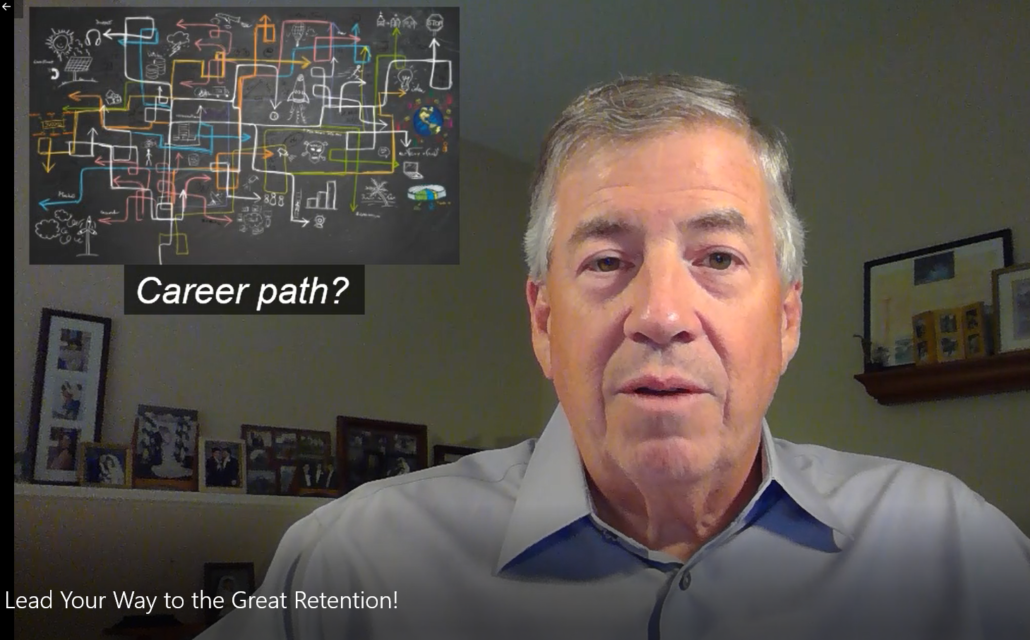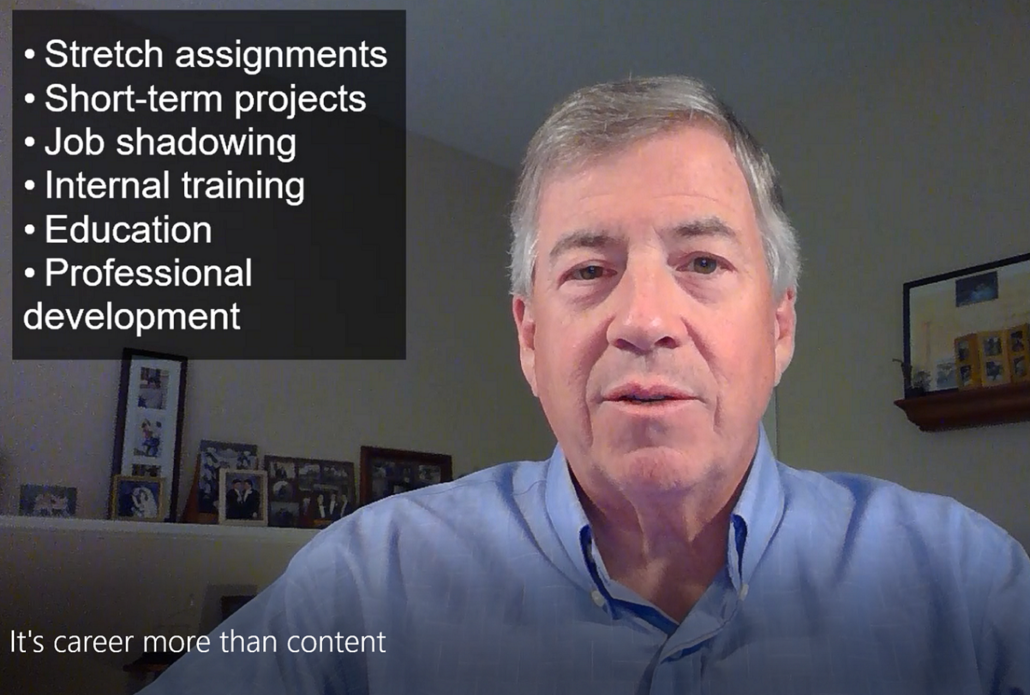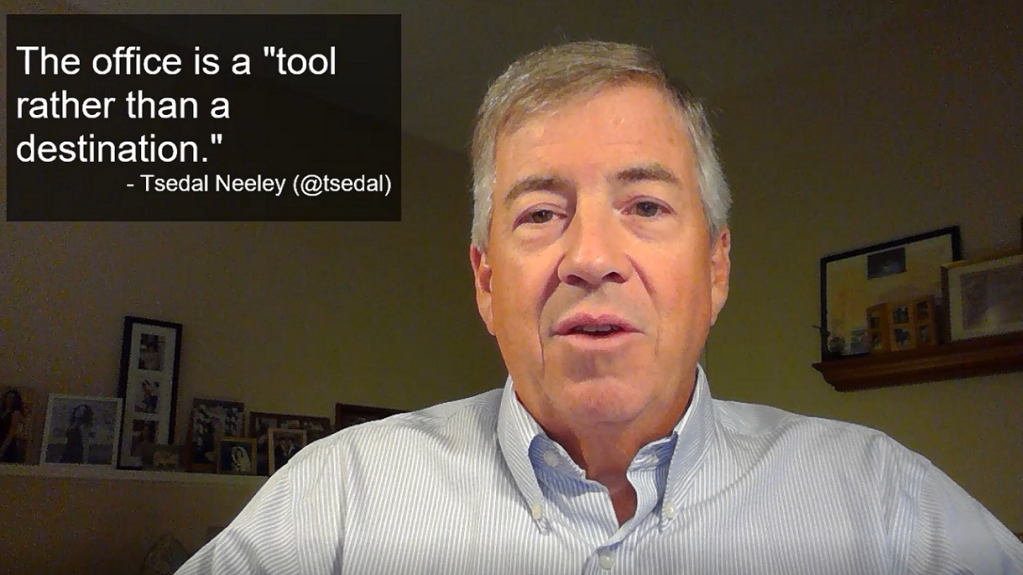Lead your way to the Great Retention!
With the Great Re(fill in your term!) going on what options are you using to fill your open positions? Have you looked internally? Do you know who has the required skills and is ready to make the move? Odds are you don’t as I discovered on a project to create a common competency skills framework so workers could move seamlessly between different peers and competitors in this vertical. This innovative idea would certainly save time and money, why train someone on upselling techniques if they have already demonstrated this ability in a prior work experience?
Three common themes kept popping up no matter the organizations size. First, the career path was understood but most HR teams had not identified, or recorded, the technical or behavioral skills people use and need to be capable of demonstrating. Second, there wasn’t a clear way to acquire these skills in a meaningful manner that could be blended into the daily workflow. For a small business there’s a need to make this blend into a learn-as-you-work framework, but the model is still focused on just-in-time. Finally, the infrastructure to track people’s skill acquisition and identify internal candidates ready to move forward wasn’t in place.
This isn’t a technology issue as much as an opportunity for leaders to lead more and have deep impact. In this short video I highlight that culture, communications, and connections could be the start of your Great Retention as you develop and lead your people to new opportunities. It’s about the high touch that you, as leader, bring to the team and to the organization. It works best when everyone clearly understands what’s needed to develop professionally using a learning ladder aligned to a career path model so let’s talk more about how you can use these processes as your strategic business and retention tool. We can Zoom or even use the phone to talk because together, we are stronger, and we don’t need being remote or at a distance to keep us from connecting and engaging – let’s learn and work together! I’ll bring some coffee…. Use the contact button above or visit our web site!






